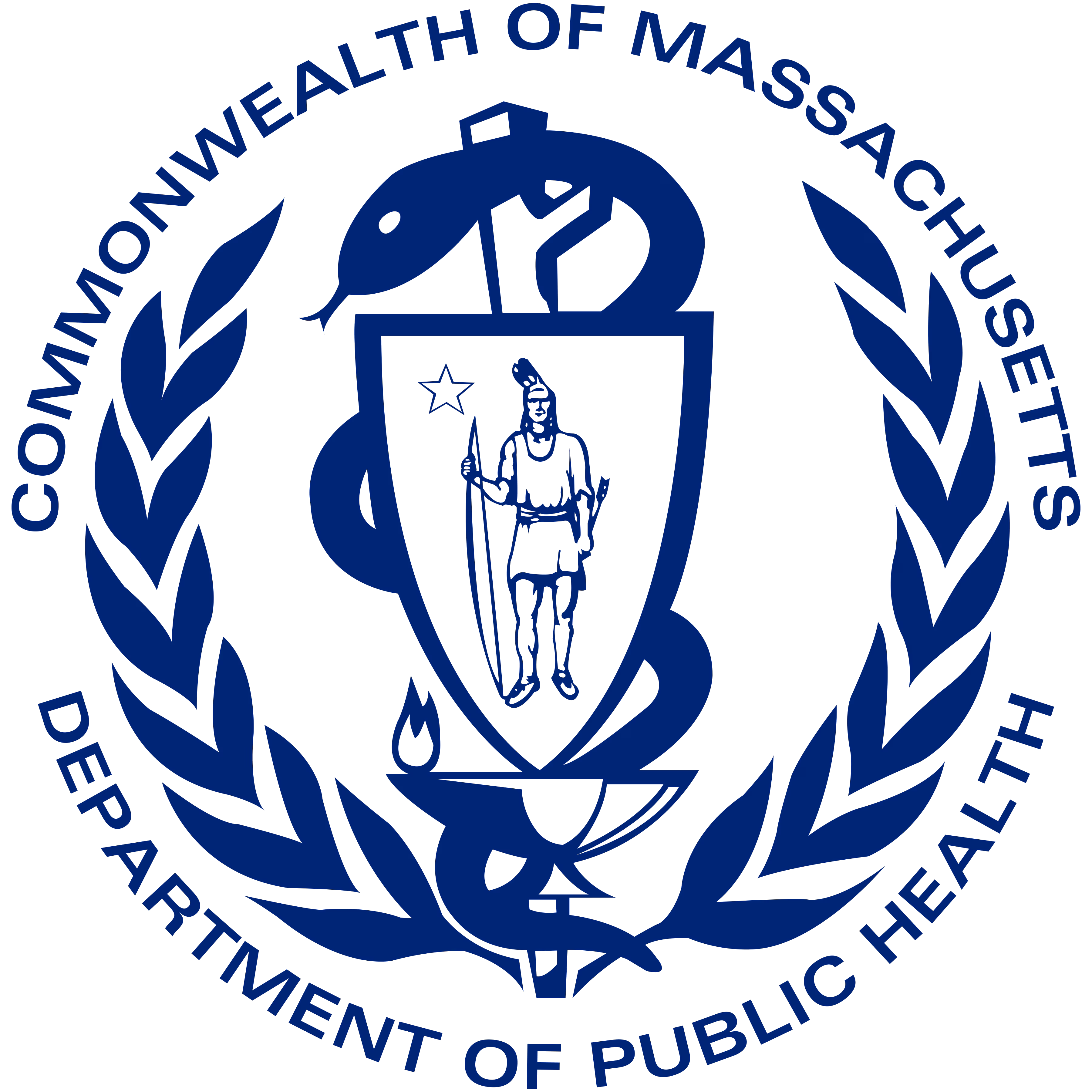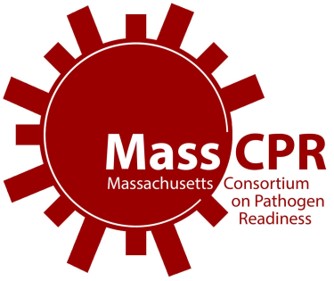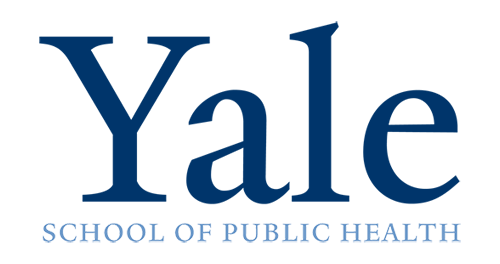
The New England Pathogen Genomics Center of Excellence was established in 2022 as a CDC-funded collaboration between the Massachusetts Department of Public Health and key academic and industry partners throughout the Northeastern United States. The NE PGCoE is one of five regional Centers of Excellence for pathogen genomics across the United States and aims to: increase communication between academic and public health labs, develop tools and resources that can be used to combat the ever-present threat of pathogens, and improve our ability to mount a coordinated, multi-partner response to the next epidemic or pandemic.
We were also selected as the national PGCoE Education Lead, responsible for developing and coordinating educational offerings in pathogen genomics to further develop the public health workforce.
Through the development and implementation of cutting-edge laboratory techniques and computational methods, as well as the establishment of collaborative sample and data streams, the NE PGCoE hopes to build a pathogen genomic surveillance network that can prepare our region against the dynamism of infectious diseases.









Research & Development for Advanced Molecular Detection
Streamlining sample collection workflows, increasing diversity of sample types, developing new lab protocols for genomic extraction and sequencing, and extending genomic surveillance to new pathogens when the need arises are key components of keeping public health at the forefront of pathogen genomic epidemiology.
Innovation in Data Analysis and Visualization
To keep pace with laboratory developments, improved data analysis and visualization methodologies are required to accurately and precisely communicate genomic data into actionable public health interventions. Creating dynamic dashboards and seamless bioinformatic workflows are main components of our pathogen genomic surveillance network.
Data Standardization, Integration, and Sharing
Data management across a variety of sources is a crucial component of genomic epidemiology, and includes data storage, integration, public health reporting, and sharing. Establishing frameworks that allow for efficient data collection, maintenance, and shared use across multiple institutions during emergent situations is a top priority.